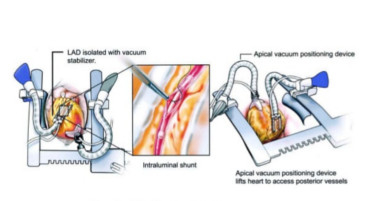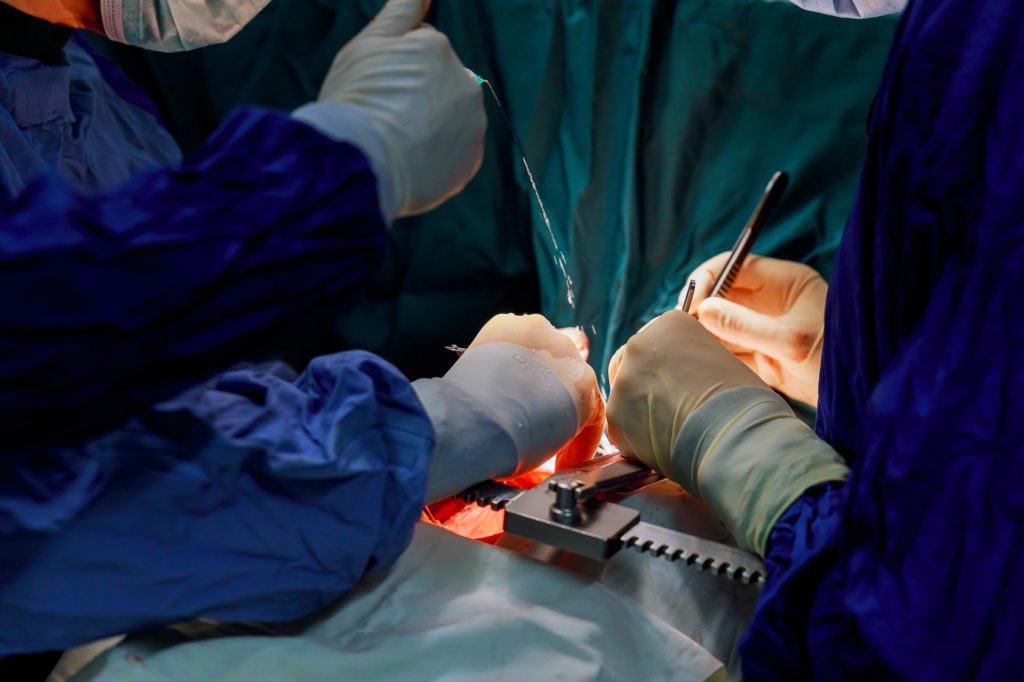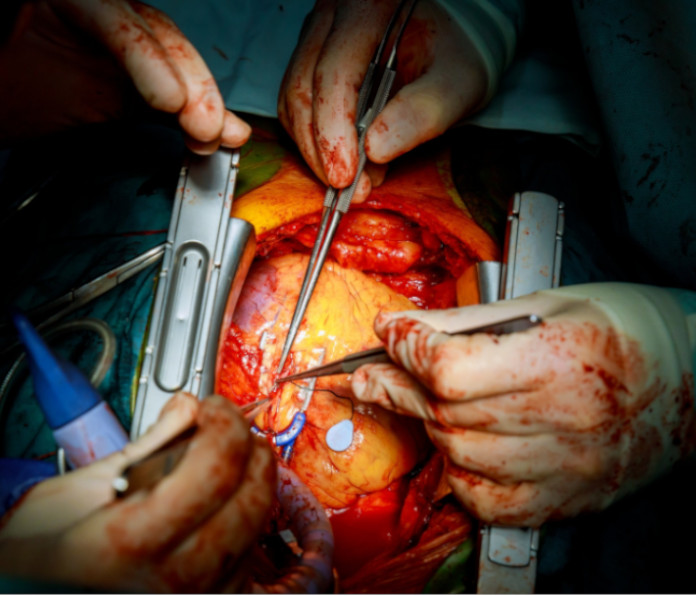It is clear that OPCAB would be technically more difficult to perform than conventional bypass for the plain fact that the fine surgical work needs to be done while the surface is still moving. There are certain devices which make the process a bit easier for the surgeon. Most important of them is called a tissue stabilizer (See the figure given below). This, when applied over the heart stabilizes a small portion of the heart wall and reduces the movement in that region. This makes surgical procedure a lot easier to perform. There are other devices which add to the safety like shunts which prevent blood loss and blowers which help to clear operating field.


This is a very technical question and one need to consider many factors before reaching a decision. Even when OPCAB is planned for a certain patient the decision can be changed on the operating table depending on conditions unique to individual patients. A heart suffering from critical shortage of blood supply, as in the case of many undergoing bypass, may not tolerate the long operation on beating heart. The blood vessel needing bypass may be buried deep inside the heart muscle or its wall may be very thick and hard like stone. These situations make the operation technically difficult and may necessitate the use of CPB machine. Needless to say, every patient is unique and there is no one treatment suiting all.
Generally this form of operation is done through a standard opening in front of the chest that bypass operation is infamous for. The reason why this approach is widely popular is because of its safety and adaptability. In various unexpected difficult situations it gives the surgeon many options to achieve the desired result. So to put it the right perspective, OPCAB is not a ‘key hole’ operation.
There is no difference in the cost between the standard bypass and OPCAB. In many patients, as the ICU and hospital stay become much shorter and usage of costly antibiotics reduces, the total cost may even be less.
Bypass operation has become a very safe operation. The success rate for bypass operations in the best centers over the world is 96-99%. Last year the OPCAB success rate at Medical Trust Hospital was a proud 100%.


